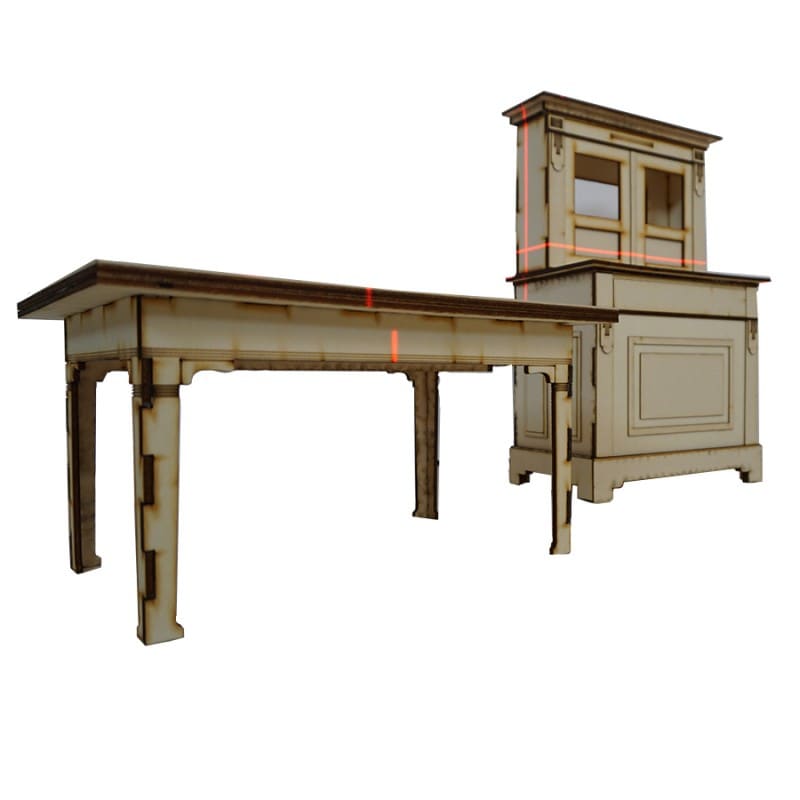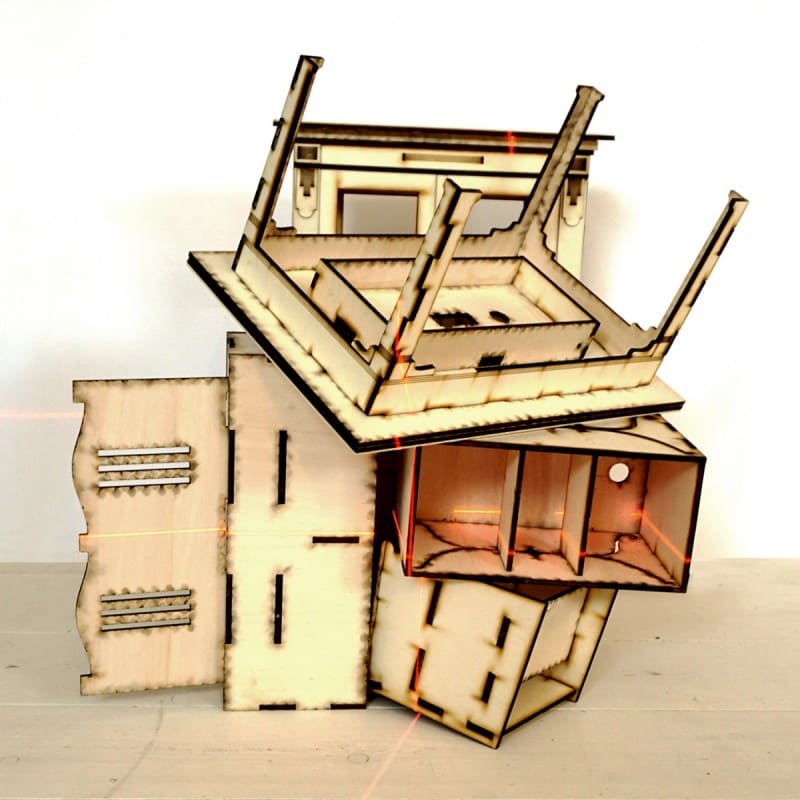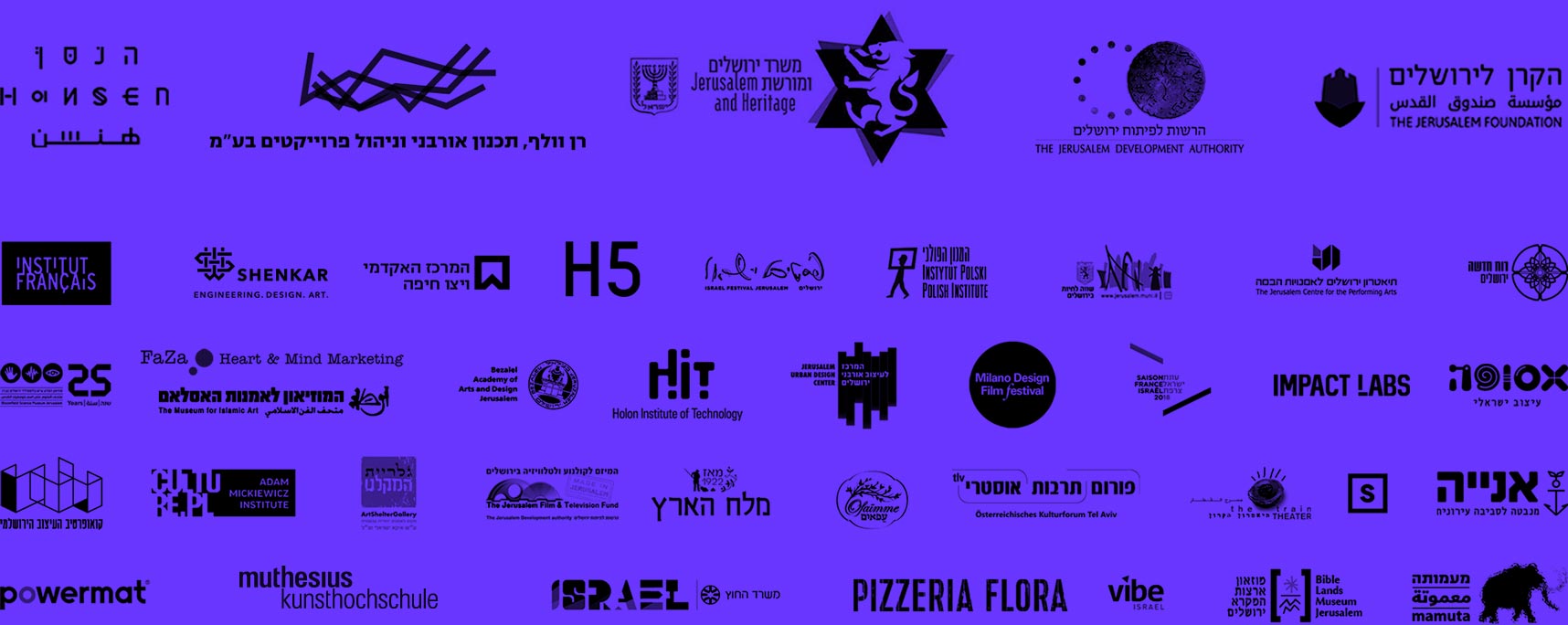Hansen House is a mirror image of its past. It has been transformed from a closed compound that served as an asylum for lepers to a center for design, media and technology, directing these three disciplines to clear universal contexts, aiming at connectivity, targeting openness. However, this reflection is expressed not only in the building’s programme, but also in the building itself, which lives in the tension between a structure designated for strict preservation and its contemporary role, which requires different types of infrastructure and interventions. Through the sound intervention of artist Liat Segal in the water well which uses the reflection of sounds – echoes; through the physical and programmatic mirror being created by designer Ori Ben-Zvi in the historic exhibition space of the Hansen House, which echoes the furniture of the place by applying new technologies; through the physician’s office, which presents a reconstruction of the building’s history as a space outside of time; the work of the Turkish artist, Memo Akten, who presents common objects as wild landscapes; and ending with the digital mirrors of team RealTime, which are assimilated in the building’s bathrooms and inspire the viewer to change his/her perspective through examining his/her reflection – the “Mirrors” project, which will be launched at Hansen House during Jerusalem Design Week and will become a permanent Hansen House exhibition, plays on this reflection motif and attempts to analyze the tension between the place and its mirror image.
Participants: Liat Segal, Ori Ben-Zvi and Omri Fisher, Memo Akten, ForReal Team Studio
Echo Liat / Segal
The little-known cistern functions as a soundbox, amplifying the sounds of the falling water drops. As water absorbs minerals while moving down a rocky path, it also accumulates memories. The symbolic memories are translated into rhythms of the falling drops as they hit the reservoir surface. A computerized mechanism orchestrates water fluxes into the cistern according to local sounds. Thus, an attentive listener might hear within the drops the footsteps of a pedestrian walking down Marcus street, the humming of a Chopin nocturne, or a passing thought regarding a long-gone theatre show
In the Technological Mirror – Intervention in the historic exhibition at Hansen House / Ori Ben Zvi, Omri Fisher
“In the Technological Mirror” proposes reflective intervention in Hansen House’s historic exhibition. The space is divided by a laser line that separates both sides of the room. One half contains historic furniture that is more than 100 years old and produced using classic carpentry methods and with solid wood. The other half of the room is a reproduction of the old furniture, laser-cut from plywood and integrated with technological systems for interactions with the users. The project also displays a mirror between the history of Hansen House and the unique character of the complex, and its current role as a center uniting people, creativity, design and technology. As long as the installation is on display, guests and residents of Hansen House will be able to use and try the work stations and the charging stations on the technological side of the installation, which transform the installation into an ongoing pragmatic and active space for technological activity or for any other use: as a lounge for sitting and relaxing, as a work space and as a display means.
This project is sponsored by Powermat, the Israeli company that is leading the world in the field of wireless charging
Learning to see: You are what you see / Memo Aktan
“Learning To See” is an ongoing series of works that use state-of-the-art Machine Learning algorithms as a means of reflecting on ourselves and how we make sense of the world. The picture we see in our conscious minds is not a direct representation of the outside world, or of what our senses deliver, but is of a simulated world, reconstructed based on our expectations and prior beliefs. Artificial neural networks loosely inspired by our own visual cortex look through surveillance cameras and try to make sense of what they are seeing. Of course, they can see only what they already know. Just like us. The work is part of a broader line of inquiry about self-affirming cognitive biases, our inability to see the world from others’ point of view, and the resulting social polarisation
Design: Omri Fisher, Sound: Hagai Eisenkot
MirrorMirror / ForReal Team




